CEFID – CEOS Energy Filtering and Imaging Device
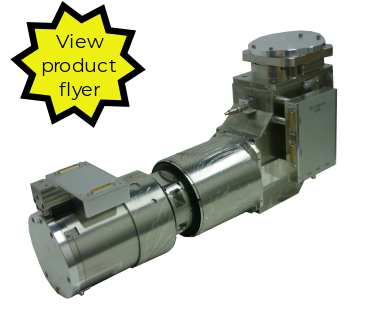
CEFID – CEOS Energy Filtering and Imaging Device
The new CEFID – CEOS Energy Filtering and Imaging Device impresses by its remarkably low non-isochromaticity (NI), as well as its long-term stability and reliable reproducibility of optical alignments after switching between different modes of operation. The combination of low NI with a huge field of view and high stability makes the CEFID very attractive for zero-loss filtering (ESI applications) in life science, especially in combination with a large 4k × 4k detector. In spectroscopy mode (EELS applications) the small NI garantees an excellent energy resolution. This enables the use of large entrance apertures with better collection efficiency for core-loss spectroscopy. The CEFID platform provides extendable interfaces for detector systems, control and scripting software, advanced user alignments, and data formats, making this post-column filter more flexible and extendable even for customized experimental setups.
You can find more information about the CEFID - Post-Column Imaging Energy Filter in our publication:
and in our White Paper: "CEFID - CEOS Energy Filtering and Imaging Device".
Features
- Correction of intrinsic and parasitic non-isochromaticity up to 3rd order
- Systematic minimization of NI aberrations for 4th and 5th order
- Dispersion at selection slit > 3 μm/eV at 300kV and 5.2 µm/eV at 200 kV
- Target energy resolution at detector plane significantly below 100 meV (FWHM)
- Compatible with detectors from the manufacturers Amsterdam Scientific, Dectris, Direct Electron, Quantum Detectors and TVIPS.
- Variable post-slit magnifications for ESI mode
- Flexible EELS magnification for variable dispersion adjustments (e.g. for EELS ranges between 8 eV and 4096 eV together with a 4k x4k camera)
- Variable spectrum height for optimization between maximum data acquisition speed (small spectrum height) and e.g. momentum-resolved low-loss EELS with high angular resolution (large spectrum height)
- Fast and semi automatic alignment
- Long-term stability and accurately reproducible alignment (stability of ZLP position ~1eV/8h)
- Adjustable at least for 30 kV – 300 kV
- Compatible with microscopes from the manufacturers JEOL, Hitachi High Technology and Thermo Fisher.
Specifications
- Device dimensions (incl. TVIPS XF416): 326 x 300 x 1160 [mm]
- Weight (incl. TVIPS XF416): 130 kg
- Modus: ESI, EELS, ωq-EELS
- High voltage range : 30 kV – 300 kV
Application
Energy-Filtered Transmission Electron Microscopy (EFTEM) applications, including Electron Spectroscopic Imaging (ESI) and Electron Energy-Loss Spectroscopy (EELS), for material- and life science. Especially appropriate for zero-loss filtering and core-loss spectroscopy with high standards in non-isochromacy, energy resolution and field of view.
Contact
Do you have any questions about the product or the application and extension for your e-beam system? Please contact us at info@ceos-gmbh.de
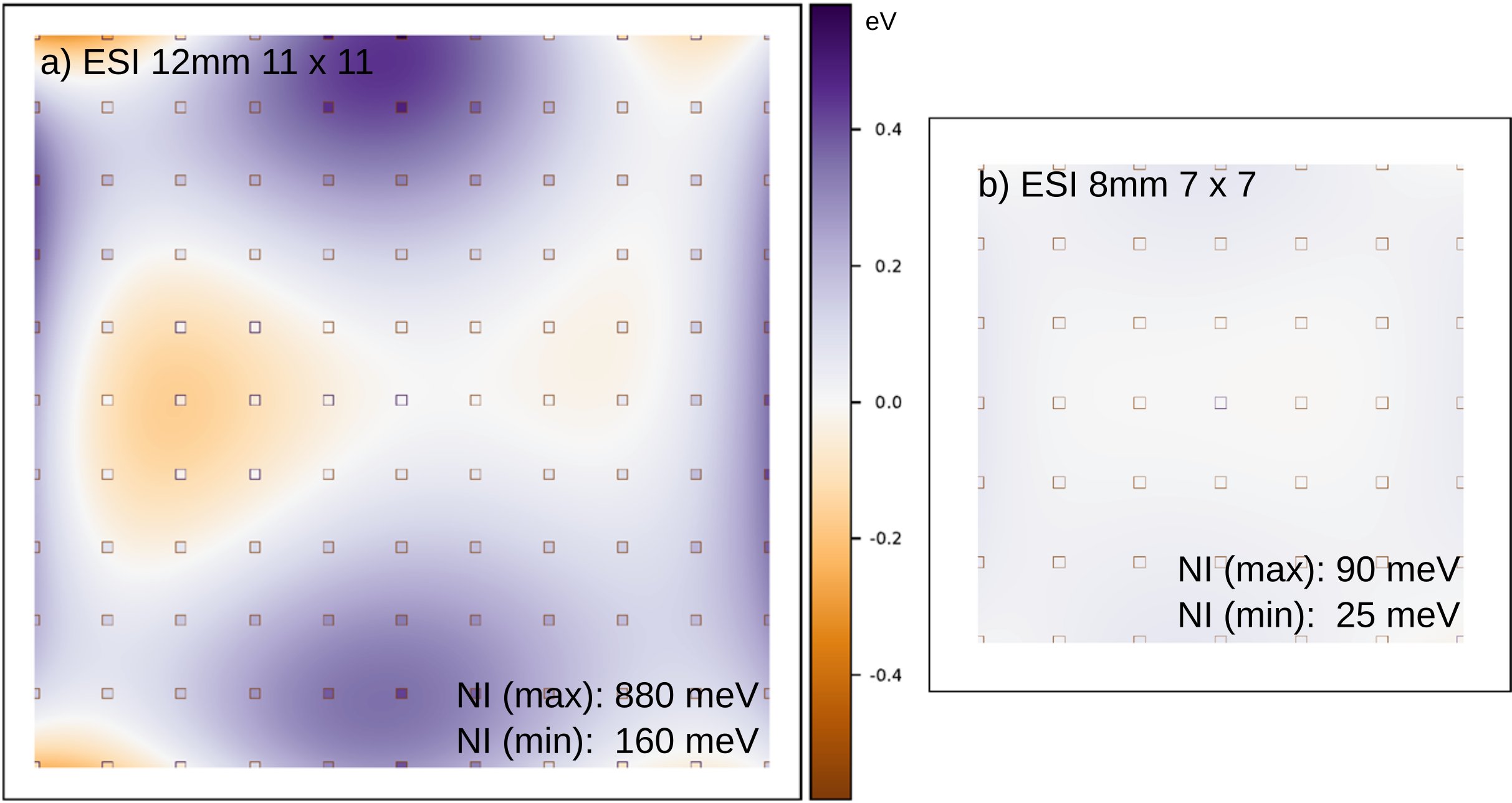
a) Non-isochromaticity measured at 200 kV for the full Ø 12 mm entrance aperture and b) after increasing the post-magnification and slight retuning for the inner Ø 8 mm area.
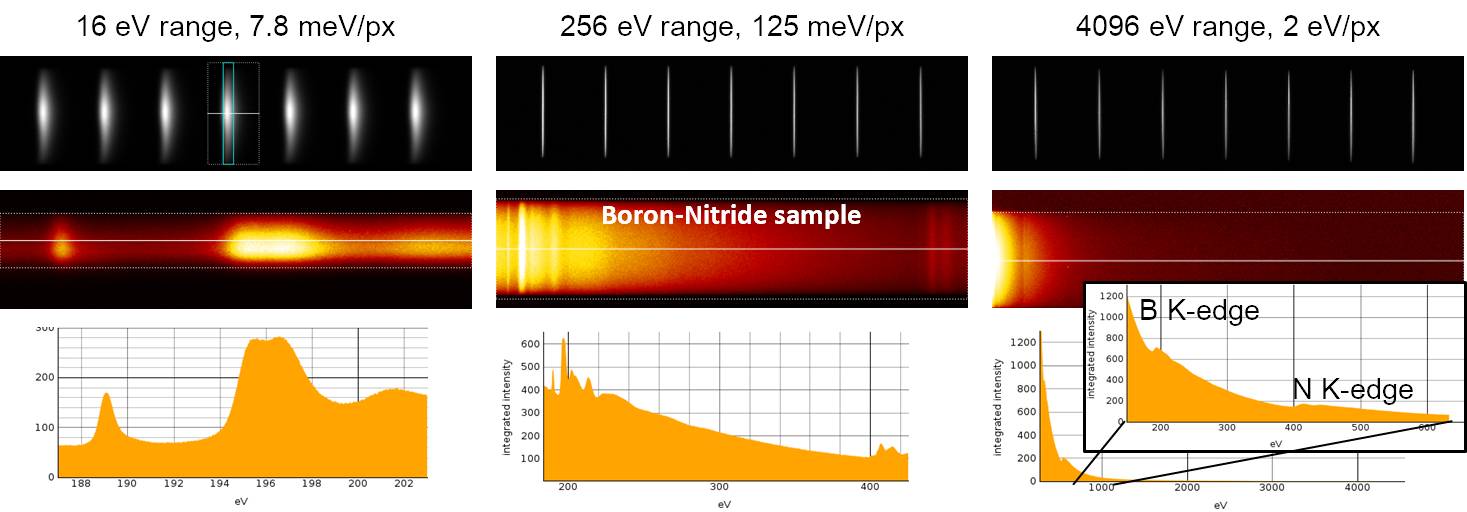
First row: Images of the zero-loss peak at 300 kV for a series of high-tension offsets to illustrate the quality of EEL spectra, the uniformly ZLP shape and distorsion free spectra for different dispersion with energy ranges from 16 eV to 4096 eV. Second and third row: EEL spectra and line scans at 300 kV of Boron-Nitride for energy ranges from 16 eV to 4096 eV.
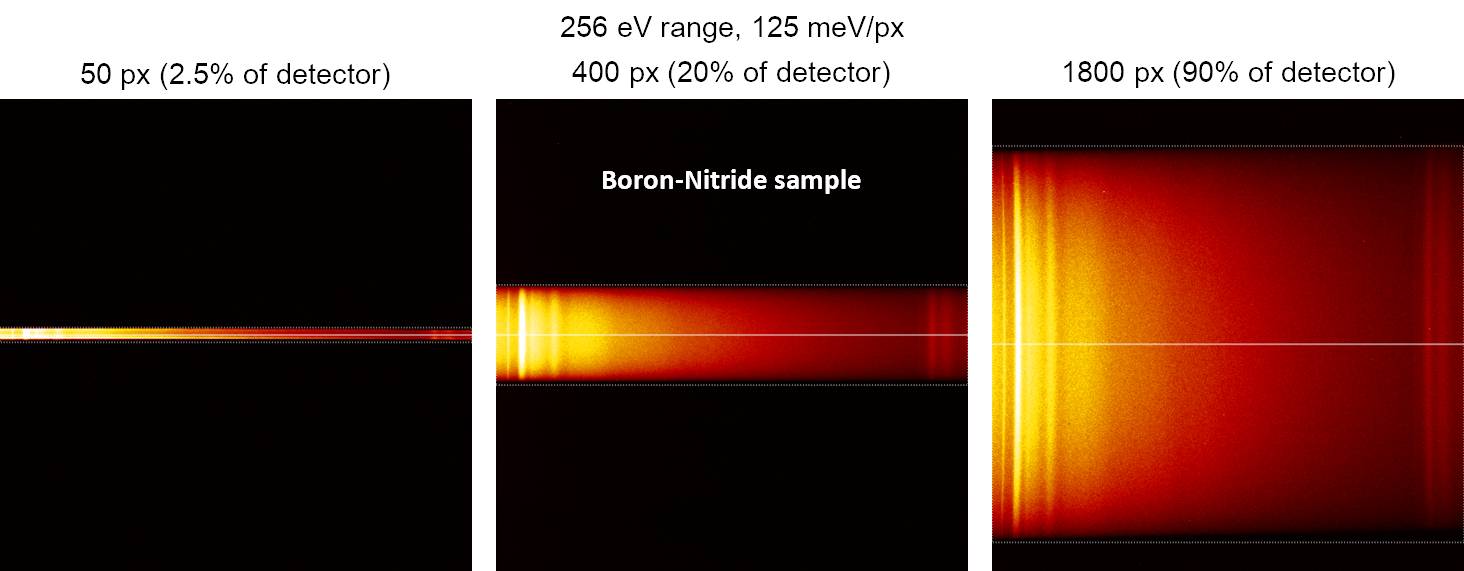
EEL spectra series of Boron-Nitride at identical dispersion demonstrating flexible spectrum height from 50 px (2.5% of detector) up to 1800 px (90% of detector). The measurement was done at 300 kV with cold-FEG and an energy range of 256 eV.
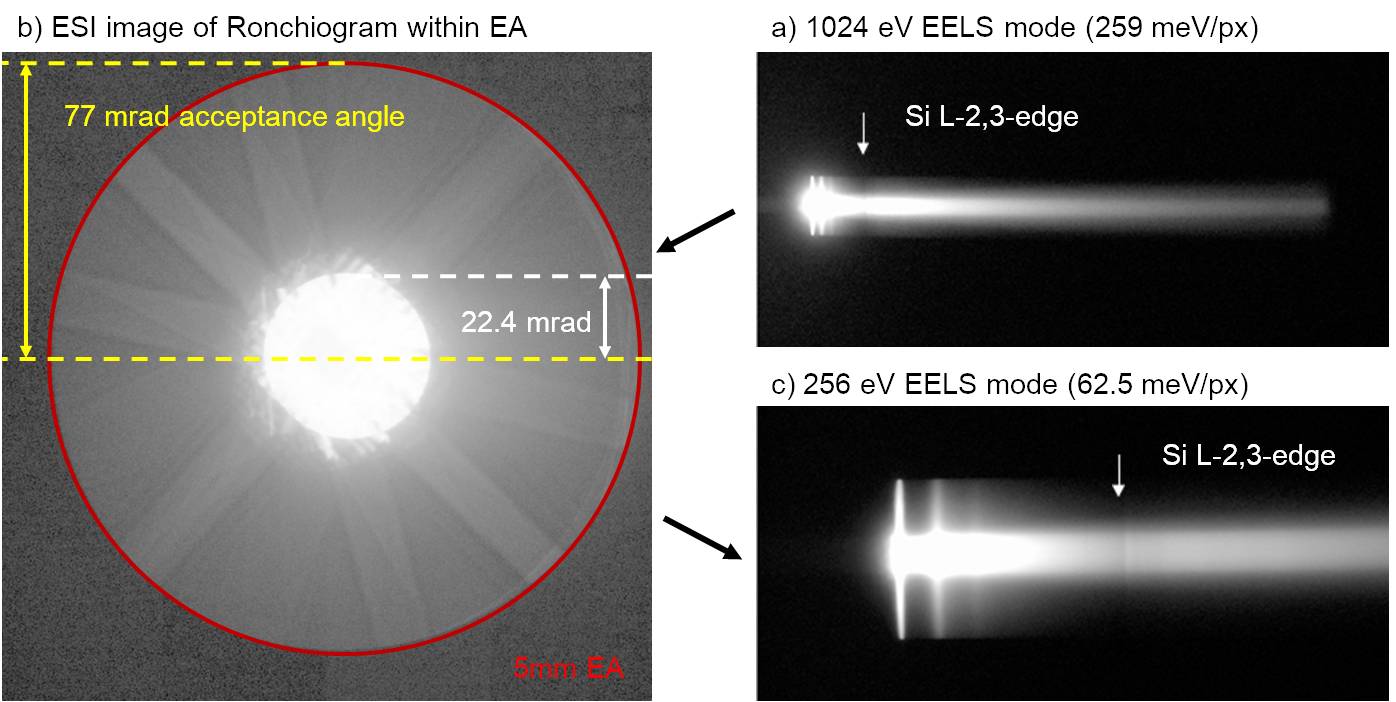
EELS and ESI images of (110)-Silicon sample at 200 kV with Schottky-FEG and entrance aperture (EA) of 5 mm. Switching back and forth between EELS and ESI mode can be done with high repetitious accuracy without re-tuning.

